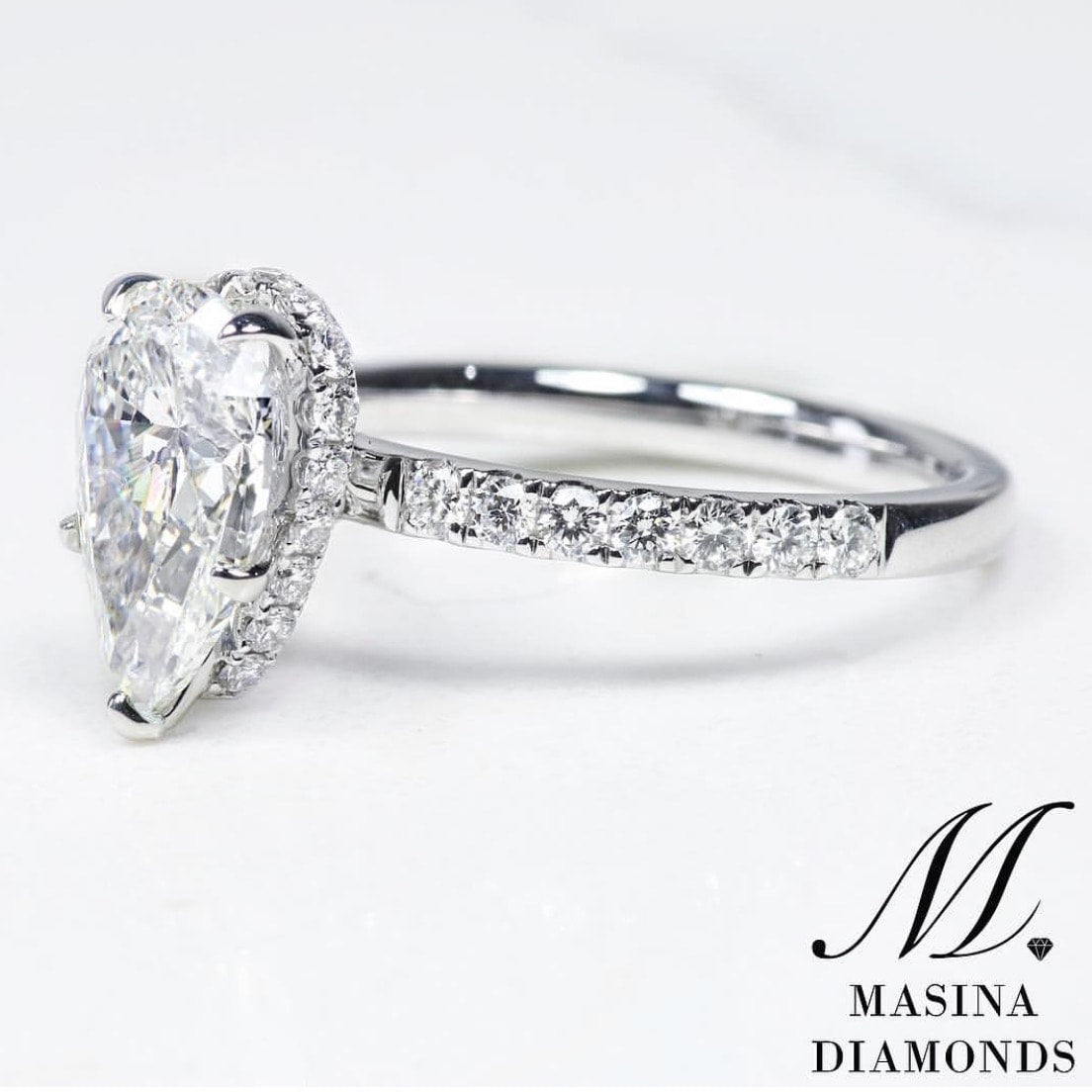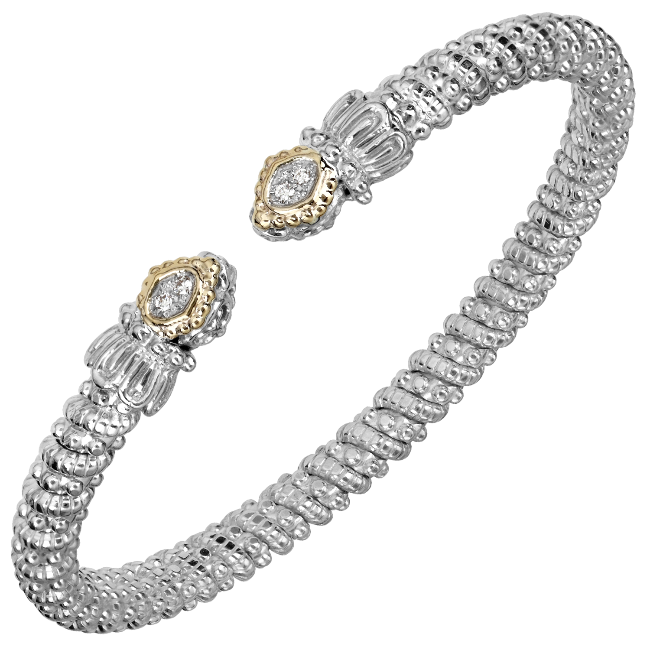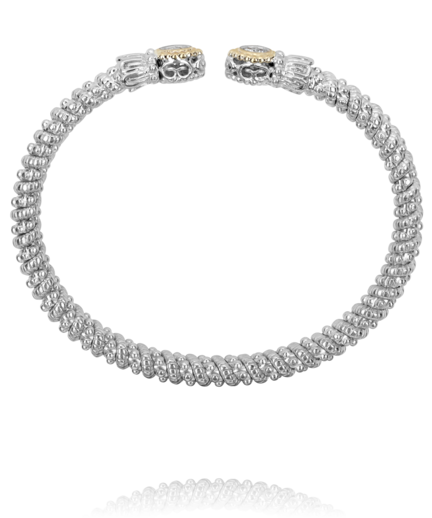 When shopping for a diamond, it is generally preferred to have the least amount of color possible.
When shopping for a diamond, it is generally preferred to have the least amount of color possible.Diamond color is divided into five broad categories:
Colorless (D-F): Diamonds within the colorless range are the most rare and valuable of all the colors. D/E color stones display virtually no color, whereas F colored diamonds will display a nearly undetected amount of color when viewed face down by a gemologist.
Near Colorless (G-J): Diamonds within the near colorless range appear colorless in the face up position, but do display a slight amount of color when viewed face down against a perfectly white background. This trace amount of color will be undetectable to an untrained eye once the diamond has been mounted. Near colorless diamonds offer a tremendous value for the money.
Understanding Fluorescence – How does it affect a diamond?
Some diamonds can display a visible light called fluorescence when exposed to an ultraviolet light source. This fluorescence will be measured as inert, faint, medium or strong. Blue fluorescence is most common, however diamonds can also fluoresce white, yellow, and orange (among other colors). Fluorescence usually has no effect on a diamond”s appearance in regular light conditions. Strong blue fluorescence can make a yellow colored diamond appear more white, but in rare cases can cause a stone to appear milky or oily. This milky or oily effect is called an “over blue” and only applies to a small number of “strong” and “very strong” fluorescent stones.














